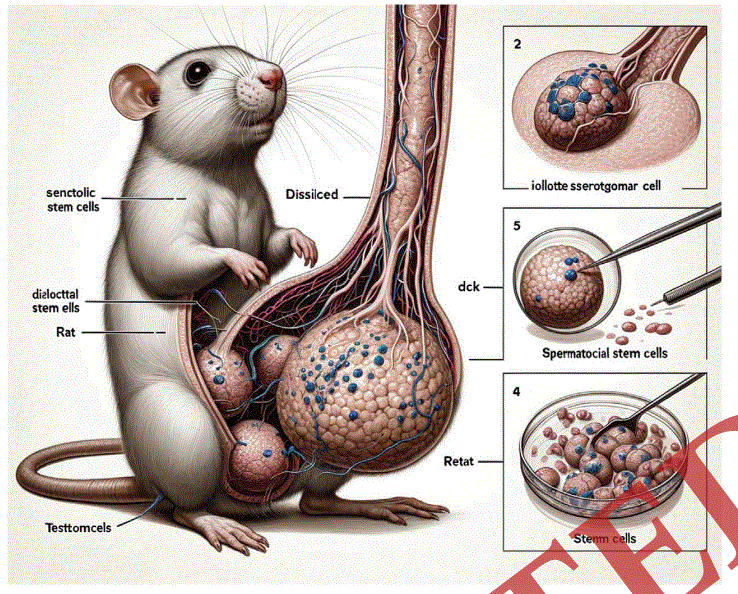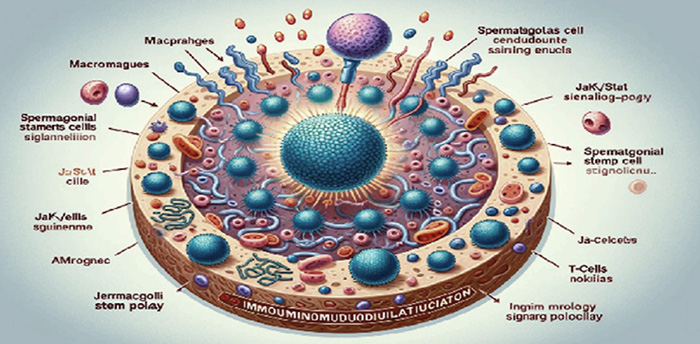This paper shows exactly how good “Peer Review” is
It’s not just that a clever AI image slipped through peer review, it’s that it was garishly fake in a supersize kind of way. Scientifically everything about it was radioactive satire and yet it still got through “peer review”. The words are gibberish. The editors didn’t even run a spell checker on it before publishing it, let alone the gaze of a single trained biologist in the field.
The paper has been retracted thanks to the real peer review which happened on social media. This was a case of X (formerly Twitter) saves the day. Where normal peer review can take up to two years (if you are an unpopular skeptic) it was only three days from the X review to retraction.
The Telegraph sums it up:
A scientific paper purporting to show the signalling pathway of sperm stem cells has met with widespread ridicule after it depicted a rodent with an anatomically eye-watering appendage and four giant testicles.
The creature, labelled “rat”, was also sitting upright in the manner of a squirrel, while the graphic was littered with nonsensical words such as “dissilced”, “testtomcels” and “senctolic”.
The macrophages have become Macromages. The Natural killer T-Cells have become “nokillas”, but it’s not a name-swap, it’s just complete and utter nonsense — like a microbiology word soup met a UFO.
The researchers even told them the images were faked: “(Images in this article were generated by Midjourney).”
At best, perhaps this is a real paper with junk AI images. There are no obviously imaginary words in the text (unlike the graphics). But it’s still a devastating take on “peer review”. I mean, these images are practically satire… If rushed scientists are using AI to help them write, and AI to get cheap images, and the Peer review journals are just posting anything without even checking, modern science is a zombie.
This is not a one off problem, and the use of AI to create images in peer reviewed science is widespread:
[The Telegraph] Writing on the Science Integrity Digest, Dr Elisabeth Bik, the Dutch microbiologist who works spotting manipulation in scientific papers, said: “Of course, we can have a good laugh at these figures, and wonder how on earth the handling editor and the two peer reviewers didn’t catch this.
“These figures are clearly not scientifically correct, but if such botched illustrations can pass peer review so easily, more realistic-looking AI-generated figures have likely already infiltrated the scientific literature.”
Dr Bik has identified more than 1,000 papers which have fraudulent imagery, most of which she believes was generated by AI.
Amanda Yeo claims as many six real people supposedly gave it a tick:
It isn’t clear exactly how these diagrams made it all the way to publication without being picked up. The article was edited by a member of Frontiers‘ editorial team as well as reviewed by two other parties, which means at least six people gave it their approval. In a statement to Motherboard, one of the reviewers said that he had only assessed the paper for its scientific aspects, and that it was not his responsibility to check the accuracy of the AI-generated images.
For what it’s worth, Frontiers in Cell and Development Biology (Front Cell Dev Biol) is not a big name in the medical world, but they have apparently published 10,730 papers in the National Library of Medicine. The umbrella publishing unit called Frontiers –says it is the 3rd most cited publisher.
The retraction message isn’t exactly confidence boosting:
Following publication, concerns were raised regarding the nature of its AI-generated figures. The article does not meet the standards of editorial and scientific rigor for Frontiers in Cell and Development Biology; therefore, the article has been retracted.
This retraction was approved by the Chief Executive Editor of Frontiers. Frontiers would like to thank the concerned readers who contacted us regarding the published article.
The lead author Xinyu Guo supposedly works at the Department of Spine Surgery, Hong Hui Hospital, Xi’an Jiaotong University, Xi’an, China, and has published some genetic sort of research. Maybe they are real? Hard to say without digging deeper.
REFERENCE
Citation: Guo X, Dong L and Hao D (2024) Cellular functions of spermatogonial stem cells in relation to JAK/STAT signaling pathway. Front. Cell Dev. Biol. 11:1339390. doi: 10.3389/fcell.2023.1339390
*Title changed in an effort to encourage more on topic comments.

